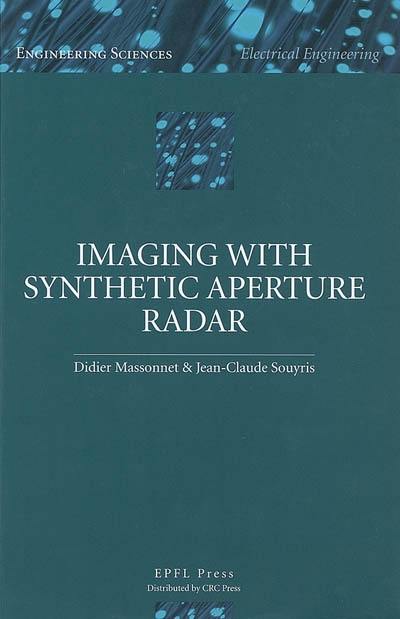
Fiche technique
Format : Broché
Nb de pages : XV-280 pages
Poids : 400 g
Dimensions : 17cm X 25cm
ISBN : 978-0-8493-8239-0
EAN : 9780849382390
Imaging with synthetic aperture radar
Quatrième de couverture
Synthetic Aperture Radar (SAR) is a field that has been transformed by the recent availability of data from a new generation of space and airborne systems, and the authors take full advantage of this data to offer a synthetic geometrical approach to the description of the SAR technique, one that addresses physicists, radar specialists, as well as experts in image processing.
The book begins with a "theoretical emergency kit" that provides the foundation necessary to understand the math and science behind the SAR technology. It then provides a comprehensive description of the technique itself, stressing the geometrical approach to radar processing, followed by a description of how these principles are applied by considering SAR design from a radiometric perspective. The authors then turn their attention to radar interferometry, explaining the practical aspects behind obtaining interferometric products from radar data, in the context of resolving ambiguity interpretation, the availability of space-borne systems, radar-data archives and software-processing resources. The book closes with a detailed description of radar polarimetry.
Richly illustrated with a careful mathematical development of the basic scientific concepts, the book is intended for both academic use (by professors and students), as well as by professionals working in industry or government laboratories.





